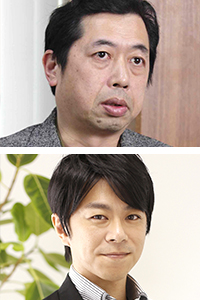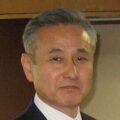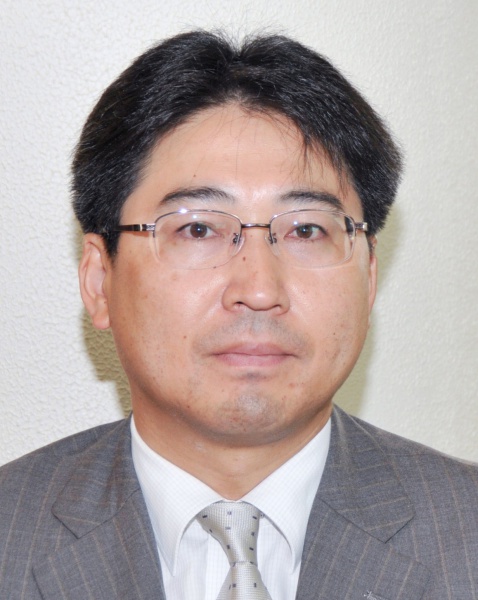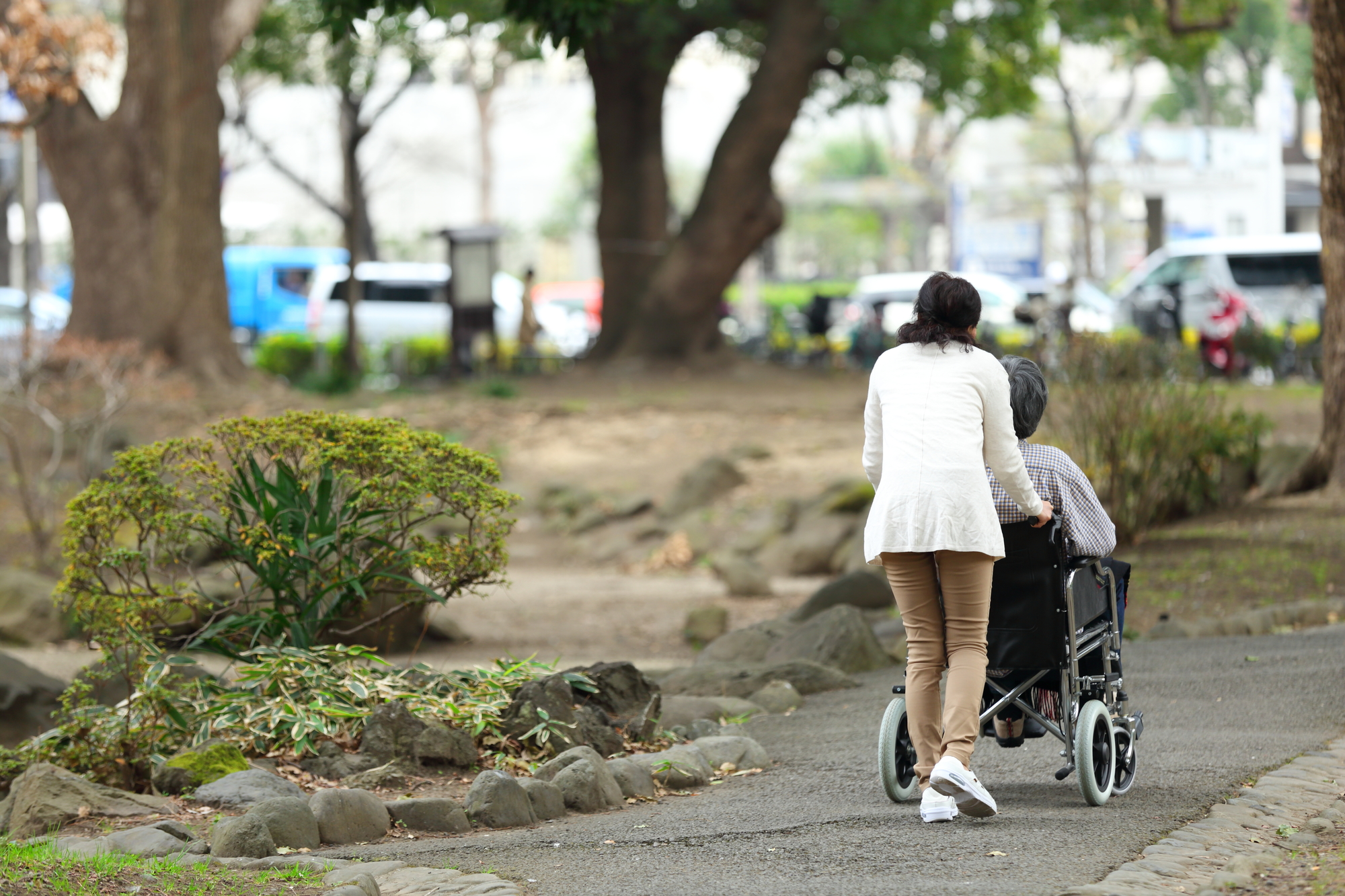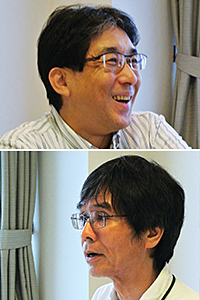The Tenno Emperor—A Constant and Time-Honored Symbol
Posterity and the Power of the Monarch
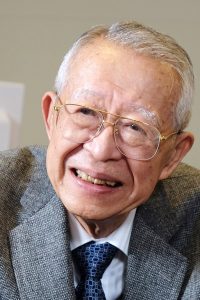
Yamazaki Masakazu, playwright, critic
It seems absurd, but where do you think the largest monarchy in the world is found today? It is in China. Of course, there is no individual monarch or royal family in China today, but the Chinese Communist Party organization has become a monarchy. The Communist Party in China is one in a repeated line of rising and falling dynasties that can be traced back to ancient times.
The party is an extremely ancient form of dynasty with power and authority rolled into one. The monarchies in Europe and Japan do not have any powers, only authority grounded in the respect and affection of the people. The Chinese Communist Party, on the other hand, rules and governs the people by means of both military and financial power. Today, the party also rules in its capacity as an authority, but is this not quite a difficult balancing act for a regime in the modern era?
“Ekisei kakumei” (Chinese: 易姓革命 [yì xìng gémìng]) is an ancient philosophical idea in China. It is the idea that dynastic change is decreed if the incumbent monarch is found to be an inferior ruler. According to this idea, the heavens, the sacred dogmas, or other powers beyond those of human beings intervene to replace the reign of an inferior ruler.
To sum up, in Chinese tradition, the aspects of power and authority are both found in the monarch, but there is also the idea that the two could be separated. In China, benevolent rule (Chinese: 王道 [wángdào]) was commonly perceived as more virtuous than despotic rule (Chinese: 霸道 [bàdào]).
Interestingly enough, the new monarch would often conduct a formal abdication ceremony for the previous monarch even when he had, in actual fact, been overthrown by force. This was done to indicate that the previous monarch had not simply been forced out, but had conceded his authority to the new monarch. To sum up, government cannot be conducted through pure power alone.
A monarch who has pure power, but lacks authority will hardly be able to sleep for fear of assassination. The power to know that you can sleep without risk of assassination, namely, authority, is something that must be conferred by the heavens.
The separation of power and authority is not limited to China, but has existed in many states over the course of history. For example, in the relics of ancient Mesopotamia, the king is always depicted together with gods. The interpretation is that the king needed some kind of authority to back him up.
With the passing of time, power and authority began to separate in human society. This manifested itself in the Holy Roman Empire, which separated the pope in Rome from the emperor. The pope had the authority and the emperor had the power. However, the relationship was a tenuous one and included an incident where the emperor landed himself in the predicament of excommunication by the pope (the humiliation at Canossa).
Where the emperors of Japan are concerned, power and authority were separated at a very early stage. Authority has consistently resided with successive emperors since the Fujiwara period in the ninth century. In that sense, the Japanese monarchy is without parallel in the history of the world.
Continuity Creates Authority
One could say that authority is the product of loyalty and the moral obligation of those who are governed. So, what is morality? In the theory of civilizations, morality is categorized as common sense, but morality derives from custom. In English, they talk about ethics, a word derived from ethos, the Greek word for custom. The customs that we have created through repetition for the sake of convenience in our daily lives quickly become the normative morality.
The authority of the monarch is also the product of custom, i.e., something that endures. The emperor who has rejected power stands outside political strife and succeeds in gaining authority through a long pedigree. It is ironic that the Heian period when the authority of the emperors was on the rise is also the period when power shifted into the hands of the Fujiwara lineage and the emperors became powerless. Conversely, Fujiwara no Michinaga (966-1028) did not attempt to make himself emperor even when he was at the height of his prosperity and penned the famous lines “When I consider the undiminished fullness of the glorious moon.” It is a miracle of sorts.
Even in the world of the warriors, the warriors never considered taking the place of the emperor. This also maintained the separation between power and authority. The period of the Northern and Southern dynasties is a good example. The warriors were fighting each other, but in order to gain legitimacy, both sides needed the presence of the emperor.
The Imperial family had been split in two, but was finally reunited through political compromise on both sides. Later, powerful persons like Oda Nobunaga (1534-82) never even considered abolishing the emperor. Toyotomi Hideyoshi (1538-97) who united the nation sought the positions of Grand Minister and chief advisor to the emperor and became a retainer. Tokugawa Ieyasu (1543-1616) who deposed Hideyoshi was commander-in-chief, but from the perspective of the emperor, he was simply the commander of the expeditionary force to the east.
This is not to say that Japan as a nation rejected political meritocracy. Of course, powerful individuals sought power, but the sensation persisted that somehow power alone was not enough.
The Symbolic Emperor Is Not a Relic of Occupation Policy
From a historical perspective, the authority of the emperor has hardly ever been denied. The controversy is all about the “form.”
If power resided with the emperor, the defeat in the Second World War should have been the greatest crisis of all. However, Japan weathered the crisis based on the logic that power had been toppled in the defeat, but authority had not. The occupation authorities also felt it would be better to take advantage of the authority. The emperor was not given any power at all, but a form of pure authority was put in place. This marked the birth of the “symbolic emperor.”
However, if I can have my say, the emperor has consistently been a symbol since ancient times. The period when emperors put their aspirations to rule directly into practice is limited to the Kanmu Emperor (737-806), who built the ancient capital at Heian-kyo (central area of present Kyoto City), and the Go-daigo Emperor (1288-1339) after the period of the Northern and Southern Dynasties. For some reason, direct rule did not work out well in Japan. Basically speaking, it is a tradition in Japan that the emperor does not rule directly and the present emperor conforms to this tradition. The symbolic emperor is not a relic of the occupation policy, rather, the occupation authorities observed Japanese tradition.
The Meiji Emperor (1852-1912) was the first modern emperor. The Meiji Constitution designated the Emperor the ruling sovereign, but it was a question of a spiritual presence as clarified by the phrase “sacred and inviolable” in the constitution. The Meiji Emperor and the people around him made it their mission to explore what it meant to be a ruler in the new age and what a constitutional monarch should be. As a result, the Meiji Emperor appeared to have power for the sake of form, but in reality he was a symbolic emperor. The prime minister gave the impression that the Emperor was issuing commands, but it was only a matter of form as the Emperor simply approved the recommendations of the senior statesmen. The Meiji Emperor did not lead Japan through the Sino-Japanese wars or the Russo-Japanese war. The senior statesmen decided everything including the opening of parliament and the official proclamation of the constitution.
More openly than the Meiji Emperor, the Taisho Emperor (1879-1926) aspired to be a monarch with pure authority. In popular anecdotes and rumors, the Taisho Emperor appears to have lived the life one might expect of an emperor, but he left behind some exquisite poetry and Maruya Saiichi (1925-2012), author and literary critic, has commented that he was the best Imperial poet since the Go-Mizunoo Emperor (1596-1680). Had he lived longer, he may have become renowned as the cultural monarch, or the literary monarch.
The Showa Emperor and the Present Emperor—Exploring by Trial and Error
In an imperialistic age, the Showa Emperor (1901-89) was the monarch who thought subjectively about how to design an emperor for the modern age. The fact that he practiced monogamy before the Second World War is indicative. He was also an emperor who traveled overseas, seeing first-hand and learning from the British style of monarchy, which is based on the principle “Rex regnat et non gubernat” (the king reigns but does not govern). The Showa Emperor only broke this principle twice in his lifetime. The first time was the February 26 Incident and the second time was the decision to end the war.
Then came the start of the period of trial and error as the “symbolic emperor” after the defeat in the war. The Emperor declared that he was a human being and not a god. Yet, he was the Emperor. How should you behave when this is your life? It is for certain that everything was a worry, and everything was exploration.
The Showa Emperor began the process of trial and error by touring all over Japan and presenting himself before the people. We older people have vivid memories of how the Showa Emperor used to hold his hat. He would hold a soft hat in his hand and slightly nod his head, but he would never bow. The Showa Emperor might never kneel before the people. That is, he never stood eye to eye with the people, but he always faced them from a platform, or from a vehicle.
I once had the opportunity to present a lecture to the Showa Emperor. The distance between the Emperor and myself was about five meters. The Emperor started to show interest as I spoke and his legs gradually relaxed, but when I looked towards him, he quickly corrected his posture. I felt that this was a very human gesture. On the other hand, I also observed at the time that the Showa Emperor never used the first or second persons singular. The words “I” or “you” were not in his vocabulary. The Emperor had some questions after the lecture, but since he did not use the first or second persons singular, he used the phrase “It was thought” to signify what he himself thought, and “It was said” to refer to something I had said. Even the Japanese language he was using bore the traces of a process of trial and error.
The “form” of the authority that the symbolic emperor wields in modern times has reached perfection in the close to thirty-year reign of the present Emperor (1933- ).
The present Emperor conducts himself in ways that are clearly different from the Showa Emperor. When he visits an area struck by disaster, he kneels on the floor and makes sure that he is eye level with the victims when he listens to their stories. At press conferences, he uses the first person singular to refer to himself. His support for peace in postwar Japan has become more conspicuous in recent years, as evidenced by the prayers for peace at the commemorations for the war dead in Palau and on Peleliu Island last year. At times, his statements are slightly out of sync with the political powers, but in such cases, he always leans toward pacifism.
When the present Emperor was still the Crown Prince, I was once invited to the old imperial palace. Crown Princess Michiko was also present and together we enjoyed a meal and some idle chat. The residence was frankly speaking shabby. The arrangement of the rooms was strange as we passed through their personal living room on the way to the reception room. As I glanced around the living room, I remember seeing a candy box bearing a white label with the words “harp strings” written on it. There was nothing to distinguish the room from an ordinary home. However, arriving and leaving was different. The Crown Prince and Crown Princess stood by the door, saying nothing, simply bowing. They didn’t say “Welcome” or “Goodbye.” Overall they received me in a way that was intimate, but at the beginning and the end, they reverted to authority. I wonder if the idea was not part of the Crown Prince’s process of trial and error.
I once had an encounter with the present Crown Prince (1960- ) that made a strong impression on me. When he was still a prince and the grandson of the Emperor, I had an opportunity to speak with him before he went to study in Britain. Innocently, I asked him if the decision to study history was due to the influence of Prince Mikasa (1915-2016), younger brother of the Showa Emperor. As I am sure you know, Prince Mikasa is an expert in the ancient history of the Orient. The Prince told me otherwise. He related the story of how when he was still quite young he had been walking at the Akasaka Palace and come across a rock that had toppled over in a corner of the garden. The rock was inscribed with the phrase “Kore yori higashi tohokudo” (east of here, the Tohoku Road). Seeing the rock, the Prince became aware that there were roads in Japan, and that there was a wide-open Japan outside his closed world. He said that it made him aspire to the outside world and to study the history of transportation. You might think the story is too good to be true. However, it illustrates the profound awareness of the Prince.
The Future of the Emperor and the Imperial Family
The Emperors of the Meiji, Taisho, Showa and Heisei periods have walked the path of trial and error, continuously exploring how to embody a symbolic presence in the modern age. As a result, the citizens of Japan, myself included, have accepted the image of the present Imperial family for whom we feel respect and affection. At present, no political party slanders the Emperor or favors abolishing the system of emperors.
Even the Japanese Communist Party (JCP) has changed. The Emperor attends the opening ceremony of the Diet and “favors the members with his words.” The JCP has boycotted the ceremony because they consider the presence of the Emperor a political act that contravenes the constitution. However, in a significant turnaround and for the first time in 69 years, the JCP decided to attend the ceremony as of the ordinary session of the Diet in January this year. In fact, it may be said that the JCP, which has advocated the abolition of the system of emperors since before the war, has conceded defeat on this point.
There have been periods of democratization where royal houses around the world were abolished. However, these days the trend has abated somewhat and the role of the monarchy is under reconsideration. We can safely say that none of the European royal houses are on the verge of any crisis in the real sense. There are countries like Spain where the royal family has been restored, and countries like Belgium where the royal family literally preserves the unity of the nation. As mentioned at the outset, it is difficult to predict what will happen in China where the “monarchy” rules directly, but I believe they will soon move toward a separation of power and authority because this seems to be the rule throughout human history.
It is likely that the exploration around the “form” of the Emperor’s authority will continue in the future. The issue of the Imperial succession is certainly a very difficult topic. The succession is limited to direct-male line descendants and the system of monogamy is protected. In biology, this would be a near impossible choice. However, we the people must take the time to debate these issues. Personally, I believe that the nature of the Emperor and the Imperial family is such that female succession is a reasonable option in the future.
Translated from “Tokushu: Tenno to koshitsu no shorai — Korai, Tenno wa ikkanshite ‘shocho’ de atta (Special Feature: The Future of the Emperor and the Imperial House of Japan — The Tenno Emperor, A Constant and Time-Honored Symbol),” Chuokoron, September 2016, pp. 26-31. (Courtesy of Chuo Koron Shinsha) [September 2016]
